CIE’s Jewish Teen Israel Learning — Participant Responses
Teen participants have shown uniform enthusiasm for their interactive engagements with peers at Center for Israel Education programs. See their responses in their own words.
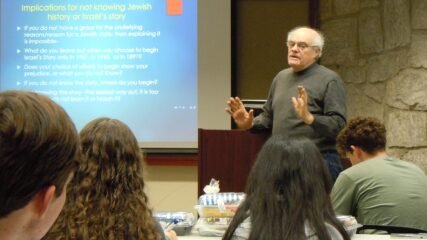
Teen participants have shown uniform enthusiasm for their interactive engagements with peers at Center for Israel Education programs. See their responses in their own words.

August 10, 2025 Updated August 11, 2025, with follow-up resources. CIE and partners including including Hillels of Georgia, American Jewish Committee, the Jewish Federation of Greater Atlanta’s JTeen initiative, the Anti-Defamation League, the Jewish Community…

Noah Lewin-Epstein and Yinon Cohen, “Ethnic Origin and Identity in the Jewish Population of Israel,” Journal of Ethnic and Migration Studies (June 2018). The multifaceted ethnicity in the Jewish population of Israel is addressed by…

The Brooklyn Nets drafted two Israelis, Ben Saraf and Danny Wolf, back to back in the first round of the 2025 NBA Draft on June 25.

From Ancient Times to the 19th Century The bond between the Jewish people and the Land of Israel is one of the most enduring in human history. Since the Roman destruction of the Second Temple…

By Scott Abramson and Ken Stein, April 4, 2025 The Exile and the Homeland It may be said that the Jewish people’s entire cosmology (the origin and nature of the universe) from their birth as…

March 12, 2025 By Ken Stein The Jewish growth in Mandatory Palestine in the period of the New Yishuv to establish a Jewish territory for a state had significantly developed by 1939. Arab leadership in…
March 5, 2025 The Center for Israel Education is unique because its work is based on Jewish context and otherwise mostly unavailable content. Providing excellence in Israel education through perspective and via multiple platforms separates…

By Scott Abramson and Ken Stein In his famous 2004 essay “Between Right and Right,” Israel’s most celebrated novelist, Amos Oz, reflects on Israeli society, summing up his fellow citizens with this appraisal: “What we,…

December 11, 2024 Professor Meir Litvak, Tel Aviv University, for the Center for Israel Education In this extraordinary review, Professor Meir Litvak unfolds the ideological origins and development of the Iranian regime’s stark hatred of…

April 14, 2025 The period of the New Yishuv lasted from the last 40 years of Ottoman rule in Palestine through the British Mandate until the establishment of Israel in 1948. It saw the growth…

From biblical times to the present, Jews and Judaism have had an unbroken connection to Zion, a reference to Eretz Yisrael, the Land of Israel, derived from the hill at the heart of Jerusalem. Zionism…

Glossaries This section offers easy access to names, events, and terms associated with modern Israeli history. Terms listed were used successfully by students for understanding context in learning about modern Israel and the Middle East….

America’s need for a robust higher education system, where students learn to think deeply, engage respectfully, and disagree constructively, is greater than ever.

Sung or recited on Passover, the original Dayenu is reflective appreciation of 14 significant events specifically wrapped around the exodus from Egypt. The Dayenu presented here chronicles Jewish history from Exodus to the present day. This history can be read individually or responsively. Different moments and personalities in Jewish history could have been included. Hebrew and Spanish versions of Dayenu are available.

From the biblical covenants, Jews bound themselves to the belief in one G-d, an unbreakable tie to the Land of Israel. From its inception, Jewish identity was wrapped around the mutual commitments between G-d and the people. Judaism became the foundation for Christianity and Islam.

From 1898 to 1948, Zionism evolved from an idea to a concrete reality: the actual establishment of the Jewish state, Israel. Slowly, a few immigrating Jews created facts by linking people to the land. For half a century, fortuity and fortitude made the Zionist undertaking a reality. They exhibited pragmatism and gradually constructed a nucleus for a state. Through perseverance Zionists empowered themselves.
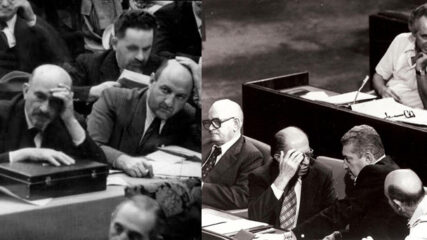
Neither Israel’s political culture nor Israel’s democracy based on Jewish self determination simply materialized on May 15, 1948. A connection exists from Jewish self-rule in the Diaspora to Zionist political autonomy during the Yishuv and to contemporary Israeli political culture. Likewise, the origins of Israeli democracy are found in the hundreds of years of Jewish Diasporas transitioning into the Zionist movement to the state; from aliyot before the Palestine Mandate to 1948 and since. Components of Israeli political culture…

“We are very grateful for the learning and the PD that the program provides our faculty and look forward to continuing this in the next school year 2022-23.” Sinai Akiba, Los Angeles, CA “For years…

Steven Bayme In early November 2021, The New York Times Magazine posted an essay under the provocative title “Inside the Unraveling of American Zionism.”1 The essay focused on a letter signed by 93 rabbinical and…
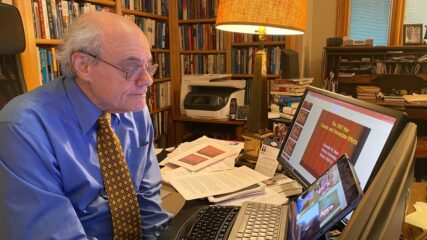
Ken Stein, Emory University, Center for Israel Education, spring 2020 What are turning points or legacy moments in history? That was the focus of my Zoom class at Emory for 80 students in late March…
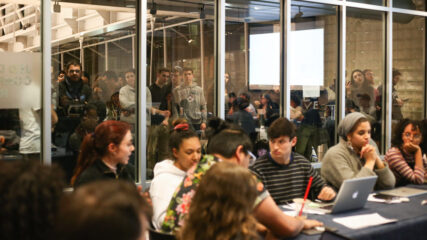
According to the BDS movement’s Palestinian branch, the impact of the movement “is increasing substantially.” Many pro-Israel sites and organizations agree with that assessment. But how accurate is this prognosis?

Four out of every five Jews in the world live in the United States and Israel; 6.3 million in Israel, 6.7 million in the US. According to Pew Research Center Studies, 7 in 10 American Jews feel attached or very attached to Israel.
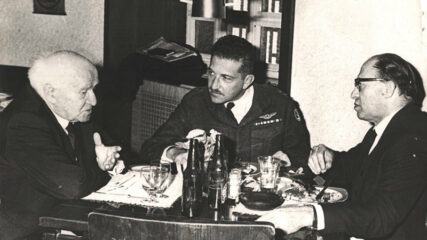
In two books written sixty years apart, When Prophecy Fails, 1957 (Festinger, Riecken and Schachter) and The Influential Mind, 2017 (Sharot, an Israeli neuroscientist), the conclusions were the same.